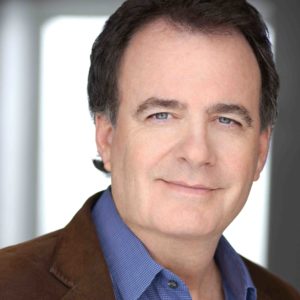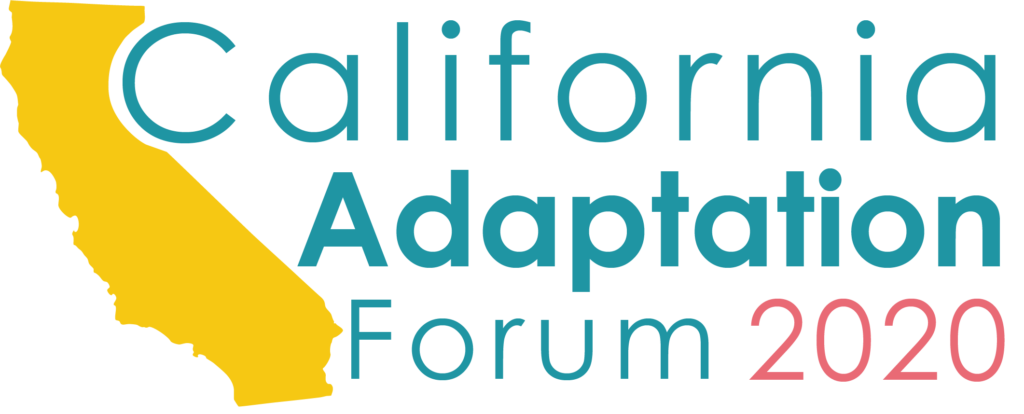Cool surfaces can be an effective technology in addressing our warming climate.
Urban heat islands — the result of dark, heat-absorbing surfaces like asphalt streets and dark-hued roofing material — can add anywhere from 6 to 12 degrees Fahrenheit of additional heat to a city.
One solution lies in cool surface technology. Cool surfaces, specifically cool streets and cool roofs, use pigmentation to ensure that sunlight is being reflected back into space as short wave radiation rather than being absorbed and converted to long wave radiation, aka heat. By doing so, cool surfaces not only combat the urban heat island effect but also help curb the greenhouse effect. Yes, cool surfaces can make cities more liveable and simultaneously address the underlying cause of global warming.
In 2014, our organization, Climate Resolve, was instrumental in passing landmark legislation in the City of Los Angeles, changing the building code to require all new and refurbished roofs to use cool roof technology.
Cool roofs are divided in two main sectors — commercial and residential.
Commercial roofs are typically flat or “low-sloped,” and therefore can use high albedo material, typically a white-colored membrane or durable paint, and its main ingredient is likely titanium dioxide. Titanium dioxide is a naturally occurring mineral — sand, really — that is white in color. It is unique because of its ability to reflect in the infrared spectrum as well as visible light.
Residential, single-family homes are usually steep-roofed, exposed to the street, and therefore customers typically want more darker-colored roofs. Roofing manufacturers like Owens Corning, Malarkey and CertainTeed, now manufacture cool shingles with mixed metal oxide materials including some titanium dioxide. The technology was pioneered by the 3M company. These cool shingles can come in a wide variety of colors that also reflects the infrared spectrum of sunlight.
Cool streets, such as those developed by the GuardTop Company of Dana Point, also use titanium dioxide in their coatings, and achieve a high standard of solar reflectance.
When integrated into modern cities, cool roofs and cool streets provide multiple benefits. Cool roofs lower the indoor temperature of homes, adding comfort on hot summer days. Cool roofs also reduce the energy required by refrigerators or by air conditioning. In turn, the saved energy reduces power plant emissions, and strain on the electrical grid. Cool roofs save residents money on their energy bills as well. Lawrence Berkeley Labs recently reported that cool roofs also save water.
The benefits of cool streets go beyond cooling, but also provide better light reflectance, reducing the lumens of street lights — and makes streets brighter and safer to walk at night.
Cool surfaces are here now — and ready to be deployed. We have an answer to the heat problem. And, best of all, we can feel the effects immediately in our homes and on our streets. The technology is here. The science is clear. Now it is our turn to utilize it.
Special thanks to Cameron Grannis for her contributions to this article.
 |
Jonathan Parfrey is the founding director of Cimate Resolve, a California-based NGO. He is a founder of the Los Angeles Regional Collaborative for Climate Action and Sustainability, and the statewide Alliance of Regional Collaboratives for Climate Adaptation, where he currently serves as chair. He served as director of the Green LA Coalition (2007-2011), and as the Los Angeles director of Nobel Peace Prize-winning organization Physicians for Social Responsibility (1994 to 2007). Jonathan was awarded a Durfee Foundation Fellowship (2002), a Stanton Fellowship (2010), and was appointed a Senior Fellow at the USC Marshall School of Business (2011). He is currently a member of the State of California Climate Adaptation Technical Advisory Committee (2016). |

